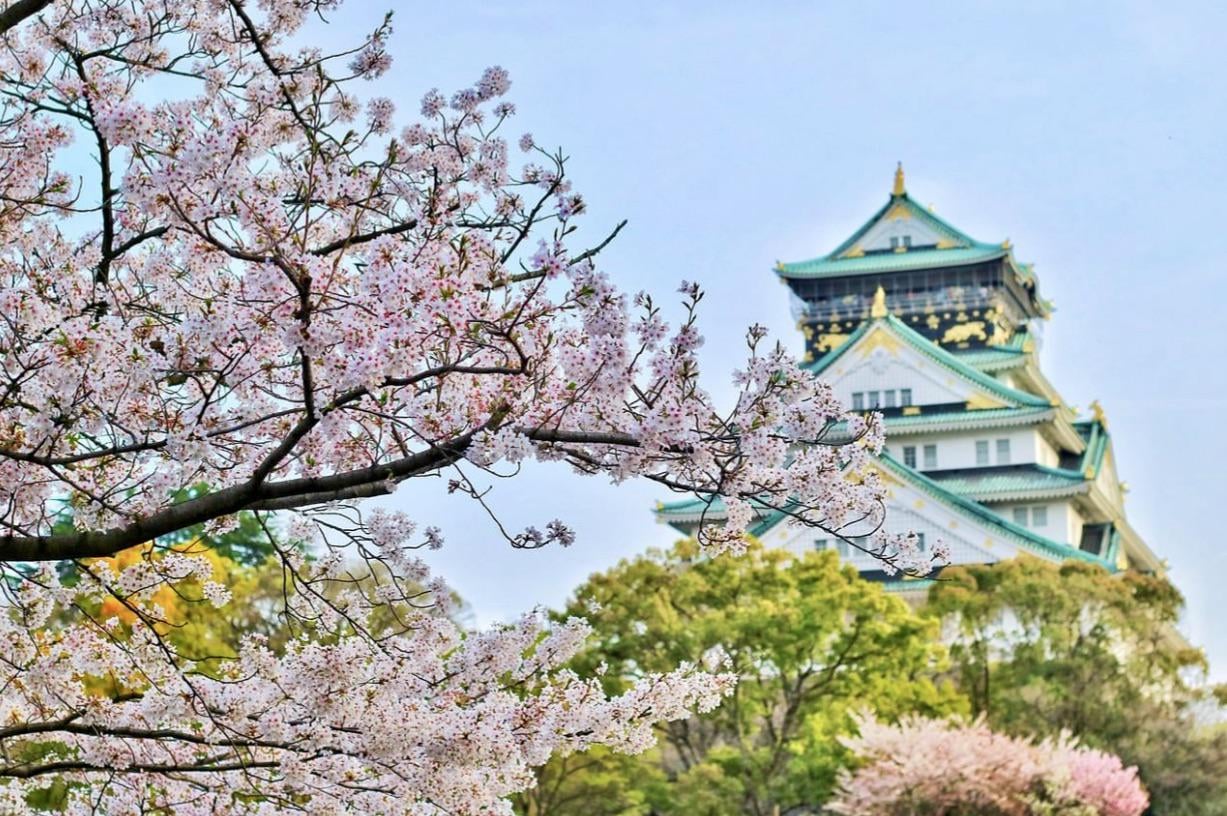[ad_1]

Cherry blossoms are an important and highly celebrated part of Japanese culture. These beautiful flowers bloom for a short period of time each spring, typically from late March to early May, depending on the region. The sakura, or cherry blossom, is a symbol of renewal, hope, and the transient nature of life in Japanese culture.
One of the most famous places in Japan to view cherry blossoms is in Kyoto, where the trees around Kiyomizu-dera temple and Maruyama Park create a stunning pink canopy. Tokyo’s Ueno Park and Chidorigafuchi are also popular spots for hanami, or cherry blossom viewing parties. Other scenic locations include the Philosopher’s Path in Kyoto, Himeji Castle, and the Hirosaki Cherry Blossom Festival in Aomori Prefecture.
Cherry blossom season is a time for relaxation and celebration in Japan, with many people enjoying picnics and parties under the blooming trees. There are also traditional events and festivals held to honor the blossoms, such as the annual cherry blossom festival at the Yasukuni Shrine in Tokyo.
Due to their fleeting beauty, cherry blossoms are a reminder to cherish the present moment and appreciate the beauty of nature. In Japanese art, literature, and poetry, sakura are frequently depicted as a symbol of love, life, and renewal.
Overall, cherry blossoms hold a special place in Japanese culture, representing a time of reflection, appreciation, and celebration of the fleeting beauty of life.
